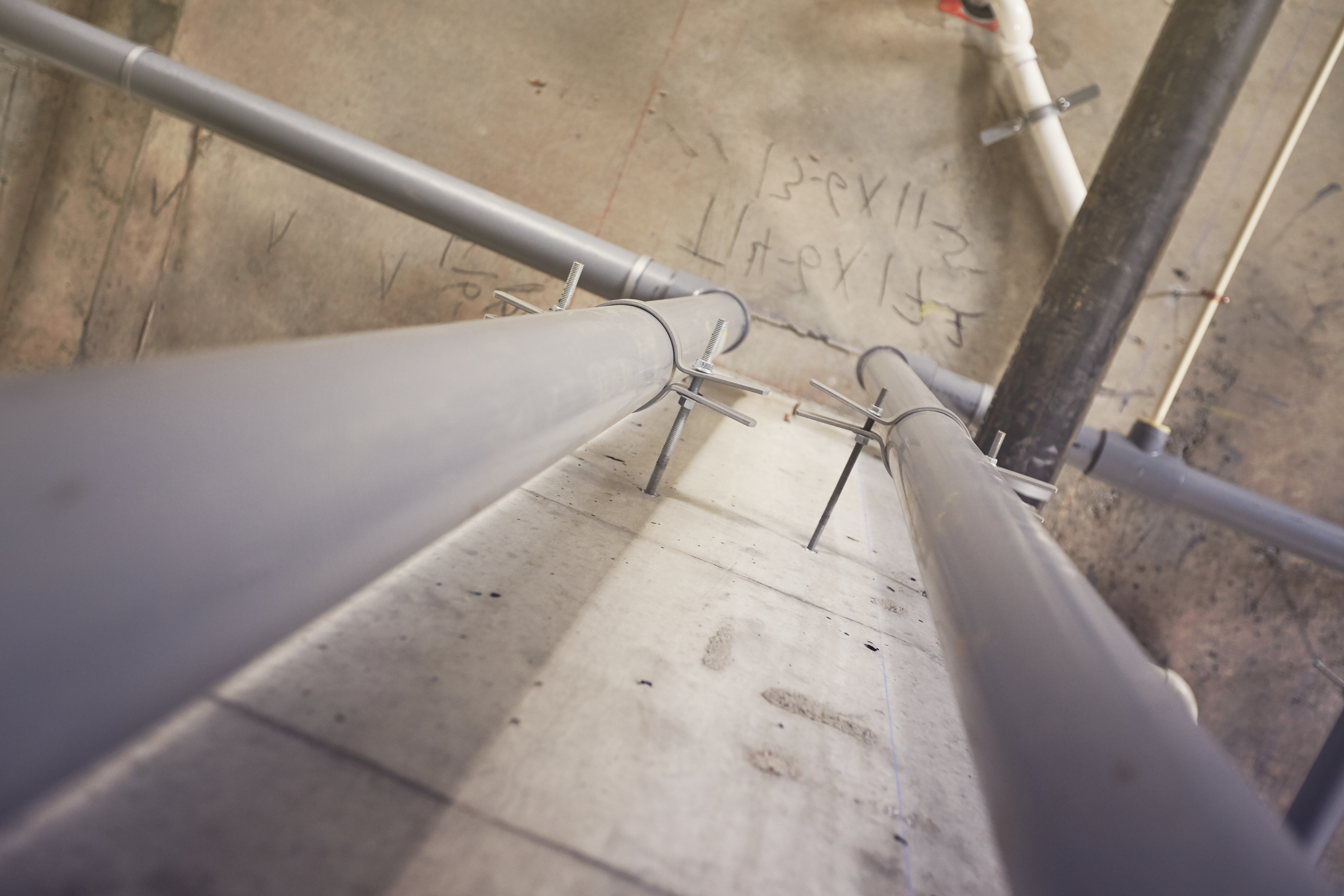ANSI/NSF/CAN 61 Potable Water Testing: How Copper Differs From CPVC
NSF/ANSI/CAN Standard 61: Drinking Water Systems Components – Health Effects establishes minimum requirements for the control of adverse human health effects in materials, components, products and systems that have direct contact with drinking water (from source to tap) or drinking water treatment chemicals.
NSF/ANSI/CAN 61 outlines leachate testing criteria for the evaluation of pipes, fittings and solvent cement to ensure that potential contaminants cannot be extracted and leach into potable water at unacceptable levels. The contaminants in question are those regulated by the U.S. Environmental Protection Agency and Health Canada, as well as certain non-regulated compounds of concern.
Assuring NSF/ANSI/CAN Compliance in Waters at 6.5 pH
As a material with natural resistance to corrosion, Corzan® CPVC is compliant with NSF/ANSI/CAN 61 under all conditions and temperatures, but the same cannot be said of copper. If a water supply’s pH falls below 6.5, copper piping may leach metallic contaminants above the recommended limit for safe drinking water, requiring extra corrosion control measures of the associated water supply to curtail its solubility.
Thus, while other piping materials undergo leachate testing at pH levels of 5 and 10, NSF/ANSI/CAN 61 specifies that copper be evaluated in extraction waters at 6.5 pH. (A value of 7 on a scale of 0 to 14 represents neutrality, with lower values indicating increasing acidity and higher values indicating increasing alkalinity.) This is because water that is soft and acidic tends to be more corrosive, which not only eventually leads to metallic-tasting water and blue-green stains in sinks and bathtubs but also, at levels above 1.3 mg/L, can cause gastrointestinal distress and illness.
Unlike copper, plumbing systems made from smooth, corrosion-resistant Corzan CPVC maintain water quality even if the pH of the potable water source falls below 6.5. Across nearly 60 years of providing drinking water service, the benefits of CPVC have been proven and its water quality-protective properties should endure for the design life of the system.


